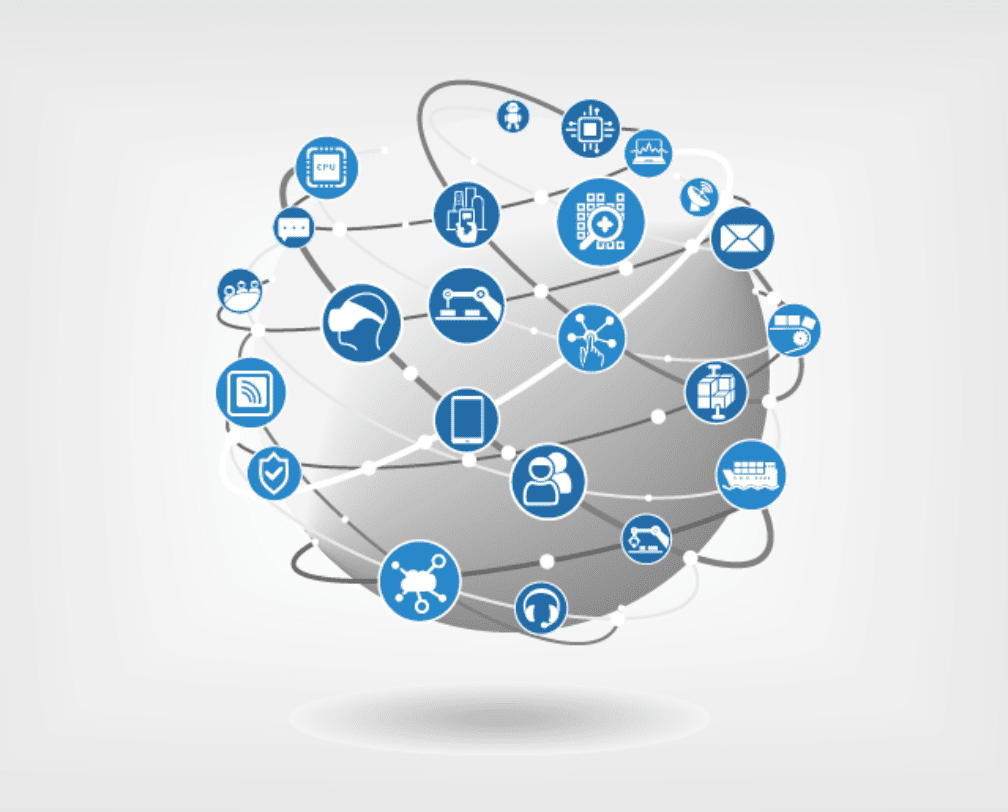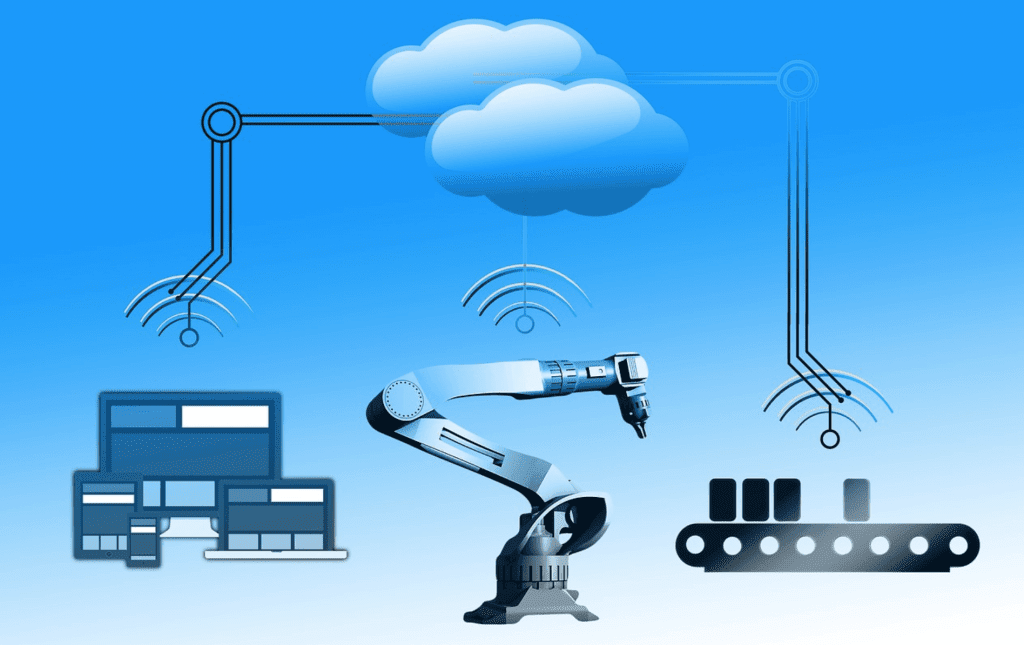As advances in technology make it more cost-effective to deploy IIoT, industries will need to acquire a strategic approach to integrating new sensor data with pre-existing data environments.

Now, more than ever, industries are seeking simple integrations with controls, automation and data analytics visualization software to harness the power of the Industrial Internet of Things and realize attractive operational and competitive benefits for their business. IIoT can unite people and systems on the plant floor with those at the enterprise level, and enable users to get the most value from their automated systems while reducing technological and economic limitations. To ensure successful deployment of the IIoT, industrial organizations can benefit from embracing new network design infrastructures, including developing a reliable framework that supports collaborative work processes across functional lines, as well as between internal and external resources.
New systems to integrate IIoT
Processes, digital devices and business systems can support implementation of the Industrial Internet of Things, from small companies new to the IIoT potential up to large industries that can benefit from adding new sensors into their present systems for internal and external assets. From laying the foundations to help guide future technology investments to easing the integration of the current systems with new controls, automation and data processing benefits, there are ways to help smooth the process and transition for getting the desired results. When looking at new systems for IIoT implementation, it is recommended to examine the following seven areas for benefits:

Potential Challenges and Hurdles
Integrating new technologies into existing environments can present unique challenges to overcome. While connecting legacy equipment and systems offers potential big benefits and is an important step in the IIoT initiatives at many industrial companies, the hurdles to implementation can be notable in the process.
Having said that, many companies are making important strides in this area. How are they doing it? One of the challenges they faced in the presence of legacy machines was the lack of connectivity built into legacy machines. Companies are now adding stand-alone sensors and cameras to existing environments and devices to monitor and collect data about performance and health in new ways, like attaching the sensors directly to the existing devices and connecting new gateways to securely collect and transmit the data, which is then analyzed and used to help boost various areas of the business while preventing failure and downtime.
One of the lingering questions being, If legacy machines don’t have sensors and automation controls built into them today, how can they be attached in a cost-effective manner? The following answer would enable teams to begin measuring things like vibration, temperature, climate, dust in the air and other factors that are useful for quality environments where the machines are deployed. Cameras also can play a big role, enabling the monitoring ability of team members through a common platform to tap open a video and get a real-time sense for where a machine is and how the operation is functioning.
Platform Strategies
With the increased integration of global intelligent manufacturing, companies are turning to IIoT architecture as the core of the platform strategy to ease integration. Various companies are designing solutions as a three-layer architecture, offering neither an IIoT platform nor simply an industrial cloud platform, yet a fully connected system.
The system works together and these three layers are not mutually independent. The reality is that IIoT only can be realized through intercommunication of these three layers regarding information, data, communications, and applications, and in these cases, software platforms at the operating system level are needed to support and connect the three-layer architecture.
Conclusions and Next Steps
As more hardware devices go online, more opportunities abound for engineers to assist with the integration and novel use of controls, automation, and instrumentation across industries. Following the simple steps of assessing company assets and capabilities, to reviewing potential benefits and ways to ease integration can benefit the whole enterprise.
Feel free to share your ideas in the comments section below. We look forward to hearing about your unique experiences and ideas for the integration of IIoT today.
Joseph Zulick is a manager, writer and editor for MRO Electric and Supply.